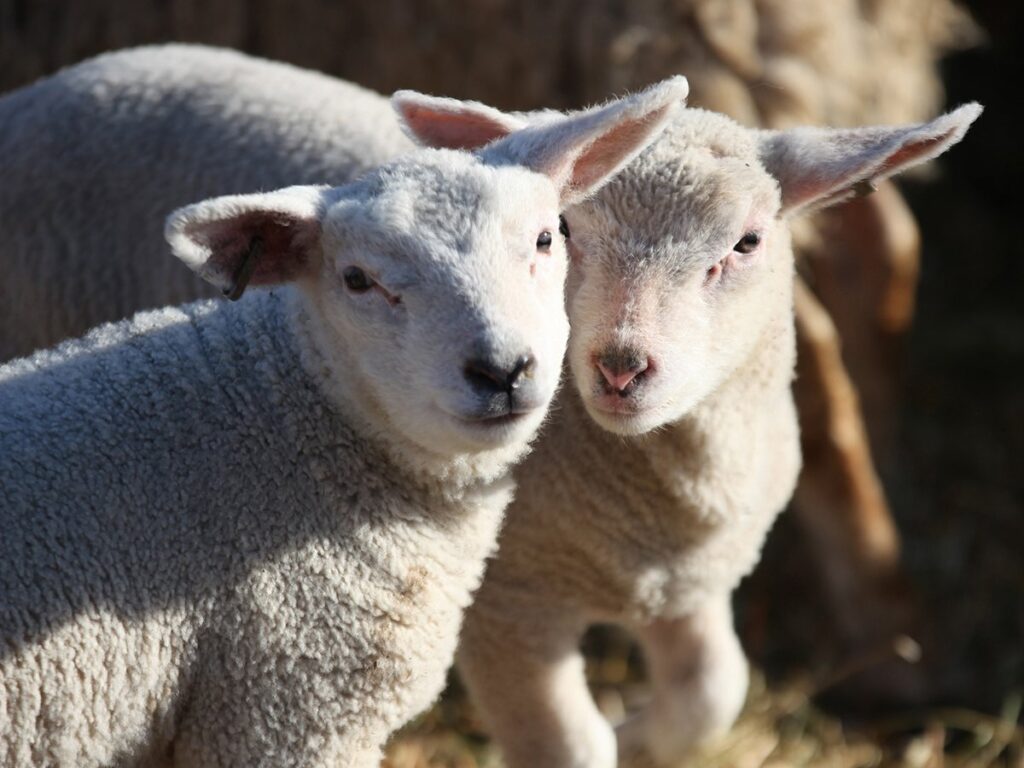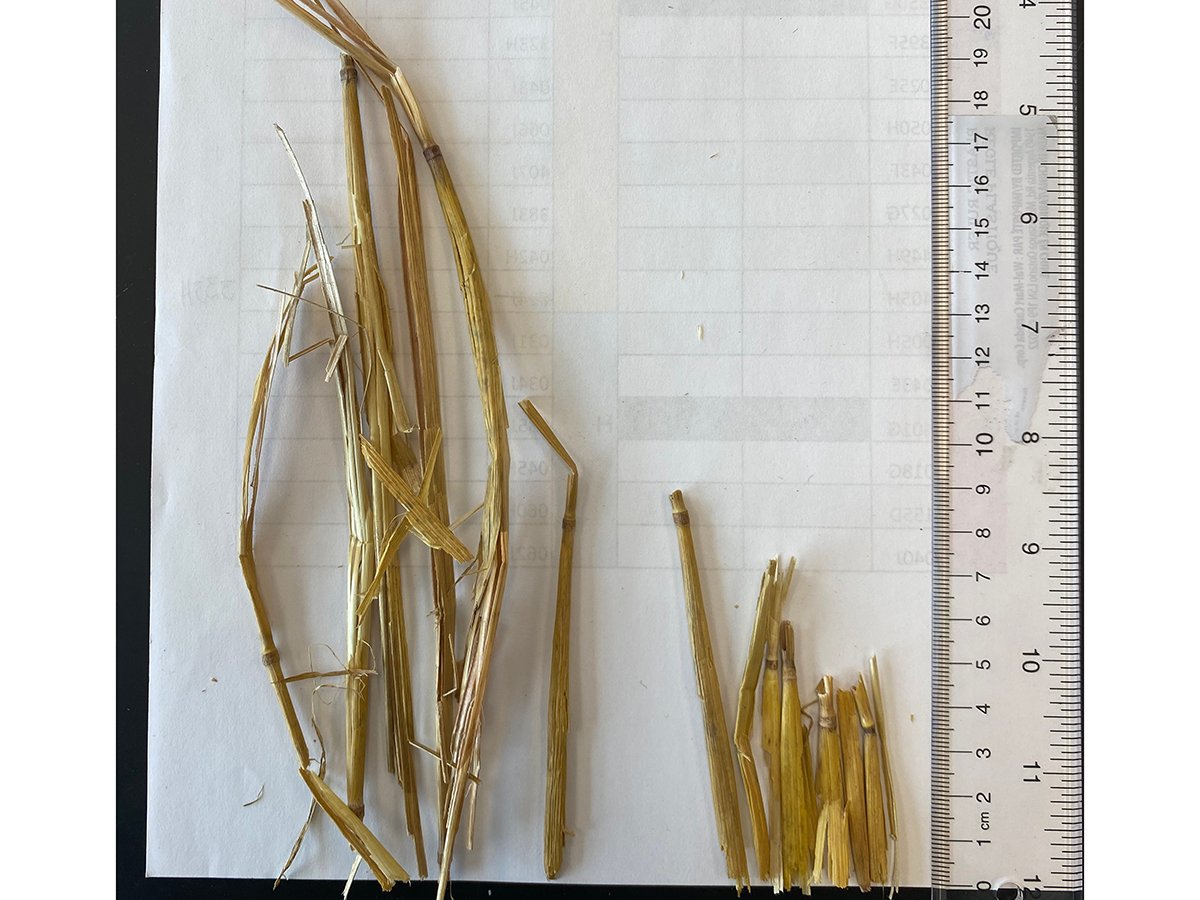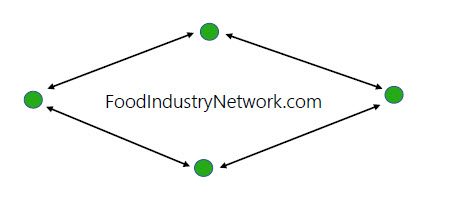Protecting yourself from zoonotic diseases

With calving and lambing seasons upon us, those of us that work with livestock often have increased contact with the animals we care for. This increased contact might occur as we help with a difficult birth or treat a sick lamb or calf with diarrhea. As many producers and veterinarians work with these animals on a regular basis, it can be easy to become careless about protecting ourselves from zoonotic diseases.
Zoonoses are those diseases that can be spread from animals to humans. Some estimates suggest that approximately two-thirds of the infectious diseases that affect humans have originated in animal species. Some of these zoonotic diseases have a major “spillover” event where the pathogen is introduced to human populations and then are maintained and transmitted from humans to humans in the long term. The SARS coronavirus is a good example of this sort of zoonotic disease. There are also zoonotic pathogens that are maintained in an animal population and humans tend to mainly contract the disease from the animals themselves.
During calving and lambing season, many producers may be exposed to calving and lambing fluids, placentas and aborted fetuses. Several of the infectious diseases that cause abortion in sheep and cattle can cause significant zoonotic diseases in humans and in this article I want to focus on a few of these in particular.
Read Also


Chop forages for profitable winter feeding
The equipment used for winter feeding can impact cow performance and profitability, according to research from the University of Guelph.
Campylobacter is one of the most common foodborne bacterial infections in humans and is responsible for many food poisoning cases. Humans are usually exposed by consuming undercooked meat such as poultry or pork. However, Campylobacter bacteria is also an important cause of abortion in cattle and especially in sheep, and you can be exposed to the bacteria via direct contact.
Salmonella infections are becoming more common in dairy calves and we occasionally see outbreaks in beef calves as well. There are numerous strains of Salmonella that infect both people and cattle, but currently, the most common strain we see in cattle is Salmonella Dublin. Clinical signs include signs of pneumonia in young calves with or without diarrhea as well as signs of a systemic infection such as severe depression. This strain of Salmonella also causes abortion in cows and producers can become exposed by handling aborted material. It can be a serious disease that may even require hospitalization in the elderly, young and immunocompromised. To make matters more complicated, some of these strains of Salmonella can be resistant to multiple antibiotics.
Q-fever and Leptospirosis are two bacterial infections that are also responsible for abortions in cattle and sheep and can result in human infections and disease. Leptospirosis is shed in the urine of infected animals and can infect people through abraded skin. In people, Leptospirosis causes a headache, fever, severe muscle pain, diarrhea and jaundice. In both animals and people, severe infections can lead to kidney failure. Q fever is spread largely through placental membranes and fetuses and is a bacterial cause of abortion in cattle and sheep. It can be spread through both direct contact with infected material but also by inhaling dust particles that might be contaminated. It can cause a flu-like illness in people, but pregnant and immunocompromised individuals can have more serious disease consequences and should probably not work with cattle or sheep that are giving birth. It should be noted that sheep have perhaps a higher rate of infection with a number of zoonotic pathogens, and pregnant women and immunocompromised individuals should take special care around lambing time to avoid infections. Many of the causes of abortion in sheep are zoonotic, including: Chlamydia, Campylobacter, Listeria, Q-fever, Salmonella, Toxoplasma and Leptospira.
There are two main ways of protecting ourselves from these zoonotic diseases. As animal caretakers, we are going to have to handle animals that are giving birth. The first level of protection should be to wear protective clothing and gloves. Gloves and arm sleeves provide protection for both the animal and the human who is involved in the birthing process. Wearing protective gloves prevents us from introducing bacteria into the animal’s birth canal and protects us from the harmful bacteria that might be present in an abortion case. Protective clothing such as coveralls serve a purpose greater than protecting our jeans. We can take the coveralls off and change them so that we don’t spread infective pathogens to other locations around us.
Handwashing is the next level of protection and is perhaps one of the most neglected practices. Many diseases are spread by oral contamination from our hands and handwashing with soap and warm water has been shown to be highly effective in preventing the spread of many diseases. Thoroughly wash and dry your hands after dealing with a calving, lambing or abortion.
In some situations, such as aborting sheep or goats, you might want to also consider a face mask. Q-fever can be spread by dust and aerosol contamination and a face mask would probably be a wise choice if you are dealing with an abortion in small ruminants. If you are immunocompromised or pregnant, you should probably attempt to completely avoid exposure.
John Campbell is a professor in the department of Large Animal Clinical Sciences at the University of Saskatchewan’s Western College of Veterinary Medicine.
Source: producer.com


